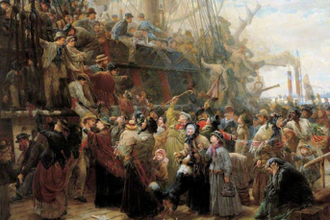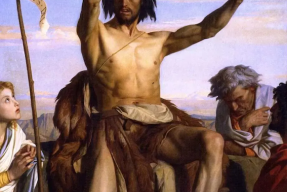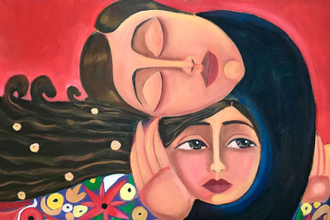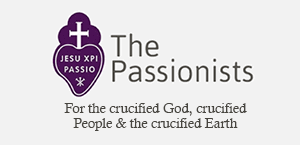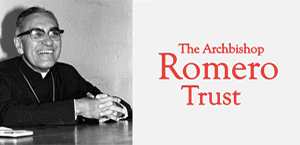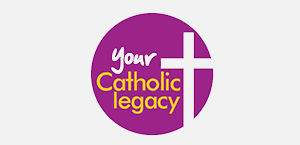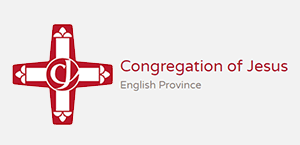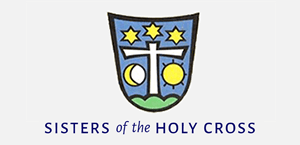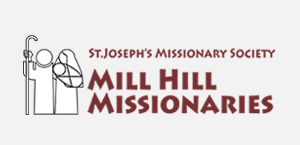Gospel in Art: The secrets of the kingdom of heaven
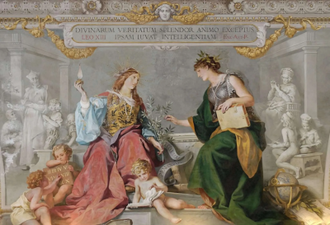
Faith and Reason United by Ludwig Seitz, 1887 © Vatican Museums, Galleria dei Candelabri
Source: Christian Art
Gospel of 24 July 2025
Matthew 13:10-17
At that time: The disciples came and said to Jesus, 'Why do you speak to them in parables?' And he answered them, 'To you it has been given to know the secrets of the kingdom of heaven, but to them it has not been given. For to the one who has, more will be given, and he will have an abundance, but from the one who has not, even what he has will be taken away. This is why I speak to them in parables, because seeing they do not see, and hearing they do not hear, nor do they understand. Indeed, in their case the prophecy of Isaiah is fulfilled that says: "You will indeed hear but never understand, and you will indeed see but never perceive." For this people's heart has grown dull, and with their ears they can barely hear, and their eyes they have closed, lest they should see with their eyes and hear with their ears and understand with their heart and turn, and I would heal them. But blessed are your eyes, for they see, and your ears, for they hear. For truly, I say to you, many prophets and righteous people longed to see what you see, and did not see it, and to hear what you hear, and did not hear it.'
Reflection on the Fresco Painting
In today's Gospel, Jesus acknowledges the mysterious nature of his teaching and ministry. He recognises that not everything he says can be grasped at once. For this reason, he speaks in parables, not to obscure the truth, but to draw us into it slowly, gently, through stories that open the heart as well as the mind. Parables invite us to ponder, to wrestle, and to discover.
The Gospel suggests that understanding Jesus requires more than passive listening. It calls for engagement, a response of both heart and mind. The more we enter into relationship with him, the more clearly we begin to see and hear. In that sense, 'to those who have, more will be given'. Faith grows in proportion to our willingness to respond!
This reveals a deeper truth: that faith and reason are not opposed, but interwoven. The heart and the intellect must work together. Faith without reason can drift into superstition; reason without faith will ultimately fall short of mystery. The two are inseparable. Reason leads to faith, and faith deepens our reason. Or as John Paul II said in his 1998 encyclical Fides et Ratio (access full document here): "Faith and reason are like two wings on which the human spirit rises to the contemplation of truth!"
Our fresco at the Galleria dei Candelabri in the Vatican Museums depicts the figures of Faith and Reason united. We see Saint Thomas Aquinas teaching in the background. Pope Leo XIII (1810-1903) who commissioned the fresco had a desire that St Thomas Aquinas and his philosophy should have centrality in Catholic theology. Pope Leo XIII, the second oldest Pope in history after Benedict XVI, is perhaps best remembered for his landmark social encyclical Rerum Novarum, which laid the foundation for modern Catholic social teaching. A man of intellectual breadth and deep pastoral concern, he sought to bridge the gap between faith and the modern world. He reached out to the scientific community, established centres for theological and biblical scholarship, and made the Vatican Archives accessible to both Catholic and non-Catholic researchers, a groundbreaking gesture of transparency and trust. Leo XIII was also the first Pontiff to actively promote ecumenical dialogue, planting seeds of unity in a divided Christian world.
It is in this rich tradition of engagement, scholarship, and bridge-building that our current Holy Father, Pope Leo XIV, has chosen to stand. In taking the name 'Leo', he honours that legacy: one of vision, courage, and hope for the Church in the modern age.
LINKS
Gospel in Art: https://christian.art/
Today's Reflection: https://christian.art/daily-gospel-reading/matthew-13-10-17-2025/
Latest Video - The Face of Christ: www.indcatholicnews.com/news/52811



